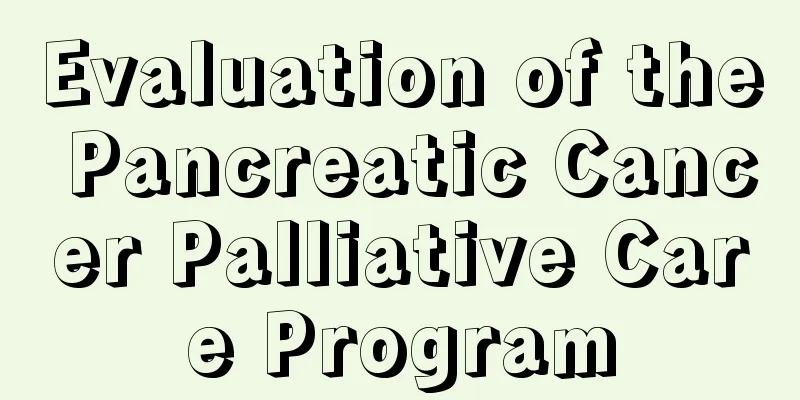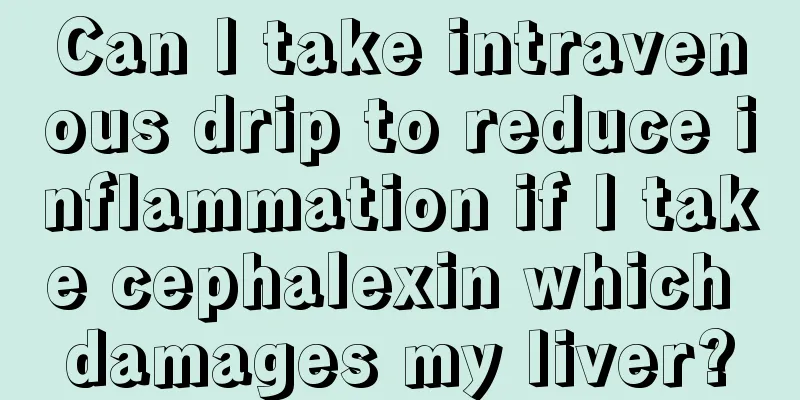Evaluation of the Pancreatic Cancer Palliative Care Program

|
The radical surgical resection rate of pancreatic cancer patients is low, so palliative treatment plays an important role in the comprehensive treatment of pancreatic cancer. Palliative treatment is mainly used for palliative pancreaticoduodenectomy, treatment of obstructive jaundice and treatment of output tract obstruction. 1. Palliative pancreaticoduodenectomy A prospective study from Germany compared palliative pancreaticoduodenectomy and bilio-gastrointestinal double bypass surgery and found that there was no statistical difference in the median survival time of the two groups of patients, while the surgical mortality and complication rates of the former were higher than those of the latter. However, the two-year postoperative survival rate of the former was 22.6%, slightly higher than the latter's 10.9%. Because there is currently sufficient evidence to show that palliative pancreaticoduodenectomy can prolong the patient's life, its routine performance is not recommended. 2. Treatment of obstructive jaundice For patients with unresectable pancreatic head cancer, relieving biliary obstruction is crucial to protecting patients' liver function and improving their quality of life. In recent years, with the advancement of endoscopic and interventional techniques, non-surgical treatments have been increasingly used in solving biliary obstruction. Prospective studies have shown that endoscopic or surgical treatment of malignant obstructive jaundice has no difference in patient survival time, but the former has lower quality of life and medical expenses than the latter. 3. Treatment to relieve gastric output obstruction Approximately 10% to 20% of pancreatic cancer patients will develop gastric output tract obstruction. The pancreatic cancer treatment guidelines recommend preventive gastrointestinal anastomosis. Gastrointestinal anastomosis is suitable for pancreatic cancer gastric output tract obstruction patients who are in good general health and have a long expected survival time (more than 3 to 6 months). For patients with poor general health who cannot tolerate surgery, endoscopic stent placement or percutaneous endoscopic gastrostomy (PEG) catheter insertion can be performed. |
<<: Patients with gallbladder cancer should eat more carrots
>>: How to Self-Diagnose Skin Cancer
Recommend
What are the wonderful uses of expired conditioner
There are many chemical synthetic ingredients in ...
Tibial collateral ligament
The joints of the human body are connected by lig...
The effects of neuroglycerin
Gangliosides are important to the human body, esp...
How to treat pulmonary sarcoidosis? These are all things to note
Pulmonary sarcoidosis is a complication caused by...
Under what circumstances should thyroid cancer be considered malignant
Under what circumstances should thyroid cancer be...
What are the symptoms of flat warts
Flat warts, commonly known as warts, are a very c...
What are the precautions for eye massage?
In life, eye skin problems are quite common among...
What's wrong with my calves being sore and weak
If you experience soreness and weakness in your c...
How many calories does sleeping burn
Calories is now a word that young people often ta...
What to do when you are angry
Excessive heart fire often manifests as inexplica...
What to add when mascara dries up
Cosmetics are indispensable for girls who love be...
What is the best treatment for vitiligo
In current medicine, vitiligo can be divided into...
Do I still need to take medicine after half of my thyroid cancer is removed?
After hemisection surgery, patients with thyroid ...
What happens after a tick bite
Due to people's lack of awareness about mosqu...
Does Fengyoujing have the magical effect of strengthening yang?
Fengyoujing is probably one of the necessities in...









